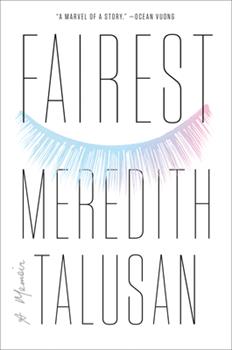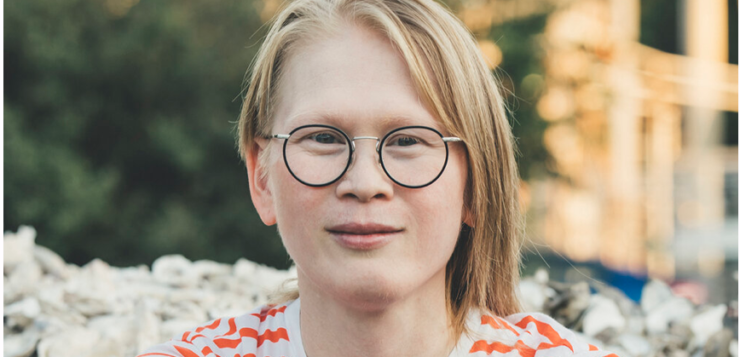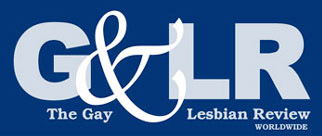 FAIREST: A Memoir
FAIREST: A Memoir
by Meredith Talusan
Viking. 320 pages, $27.
“YOU LOOK the same,” a former classmate tells Meredith Talusan at her 20th Harvard College reunion, despite the fact the award-winning journalist who was “Marc” as an undergraduate has transitioned to “Meredith” in the intervening years. Later that same day, Talusan peeks into her* old lodging in Adams House, an opulent building once referred to as the “Gold Coast apartments,” because the richest young men resided there. Her former dorm room, located next to FDR’s when he was at Harvard, beckons. Talusan crosses the threshold and becomes bewitched when she glimpses a reflection in the bathroom mirror. Is it possible, she wonders, to identify some part of a man staring back, despite all the sacrifices she made to transition?
This haunting scene launches Meredith Talusan’s new memoir, Fairest, which is about her early life as a male with albinism born into a rural Filipino family and the circuitous route she traveled to become a transgender American woman and successful New York-based journalist. In the hands of a less capable writer, the story might have been yet another gender identity coming out story or perhaps an immigrant-makes-it-big memoir.
 She also lays out occasions of her own selfishness and vanity for the world to observe. She describes introducing two straight, cisgender friends (Lenora and Richard) who began dating. At the time, the author was living with her gay male partner. But Talusan decides she has fallen in love with Richard, writing: “Once I started dressing as a woman, and as I confirmed my beauty through my encounters with men, I developed a plan to take Richard away from Lenora and make him mine. I convinced myself that Richard and I would make the better couple. … I reasoned, while I pored through images of myself, I was more beautiful than she would ever be.”
She also lays out occasions of her own selfishness and vanity for the world to observe. She describes introducing two straight, cisgender friends (Lenora and Richard) who began dating. At the time, the author was living with her gay male partner. But Talusan decides she has fallen in love with Richard, writing: “Once I started dressing as a woman, and as I confirmed my beauty through my encounters with men, I developed a plan to take Richard away from Lenora and make him mine. I convinced myself that Richard and I would make the better couple. … I reasoned, while I pored through images of myself, I was more beautiful than she would ever be.”
Talusan is equally frank about her frustration with the way society tells her to compartmentalize her identities, rather than search for their intersection, and she does so in words that are often blunt and raw: “What I wanted was to be seen as my complete self—my gender, my race, my history—without being judged because of it. I wanted people close to me to see an albino person who had learned how to look and act white so the world would more readily accept her, and understand how that had been a key part of her survival.”
Talusan’s deep introspection makes her at times unsympathetic, but also very human—and very interesting. This memoir, told in clear, clean prose and with an eagle’s eyes for details, makes for a most worthwhile reading experience.
* Talusan’s Twitter account lists “she” and “they” as pronouns.
____________________________________________________







